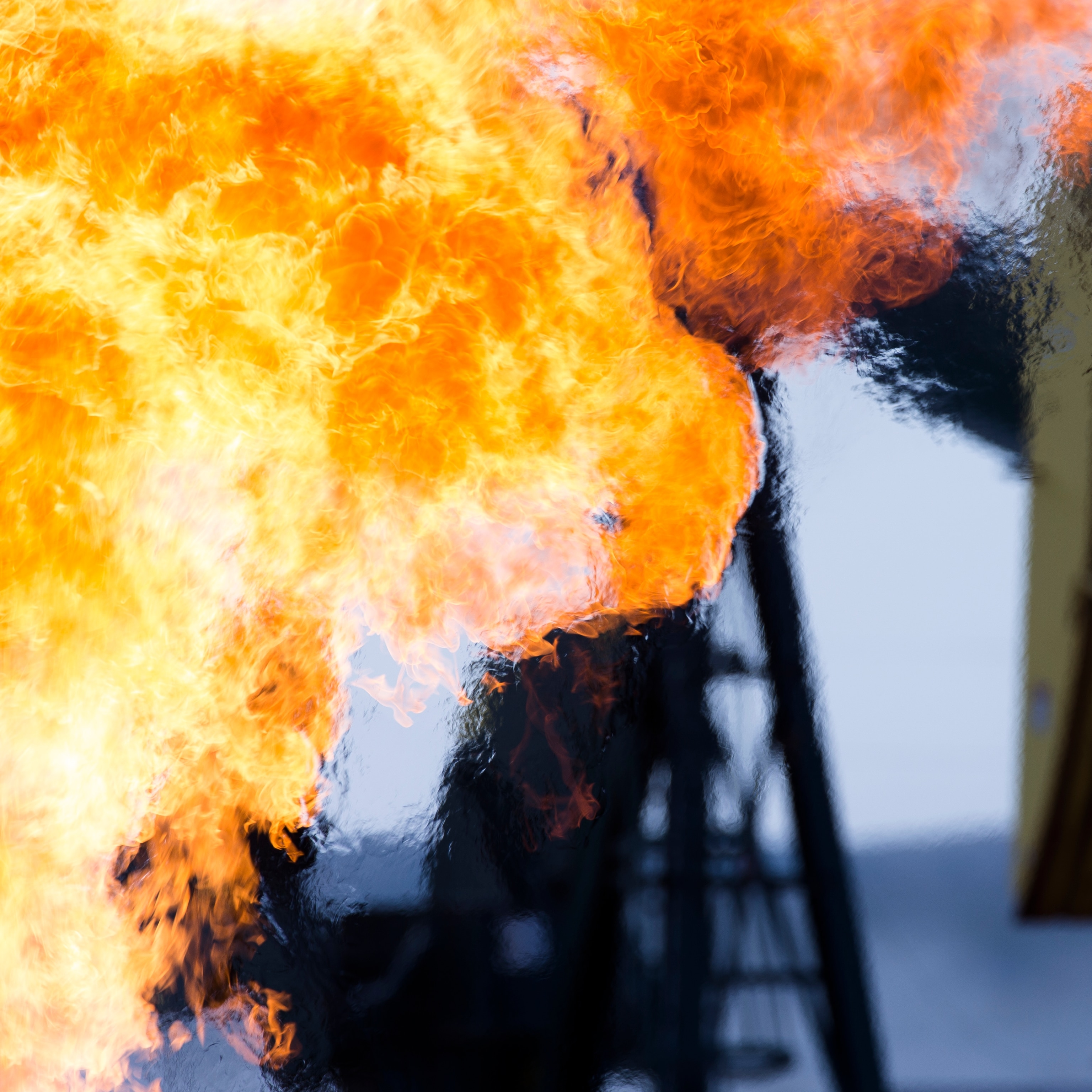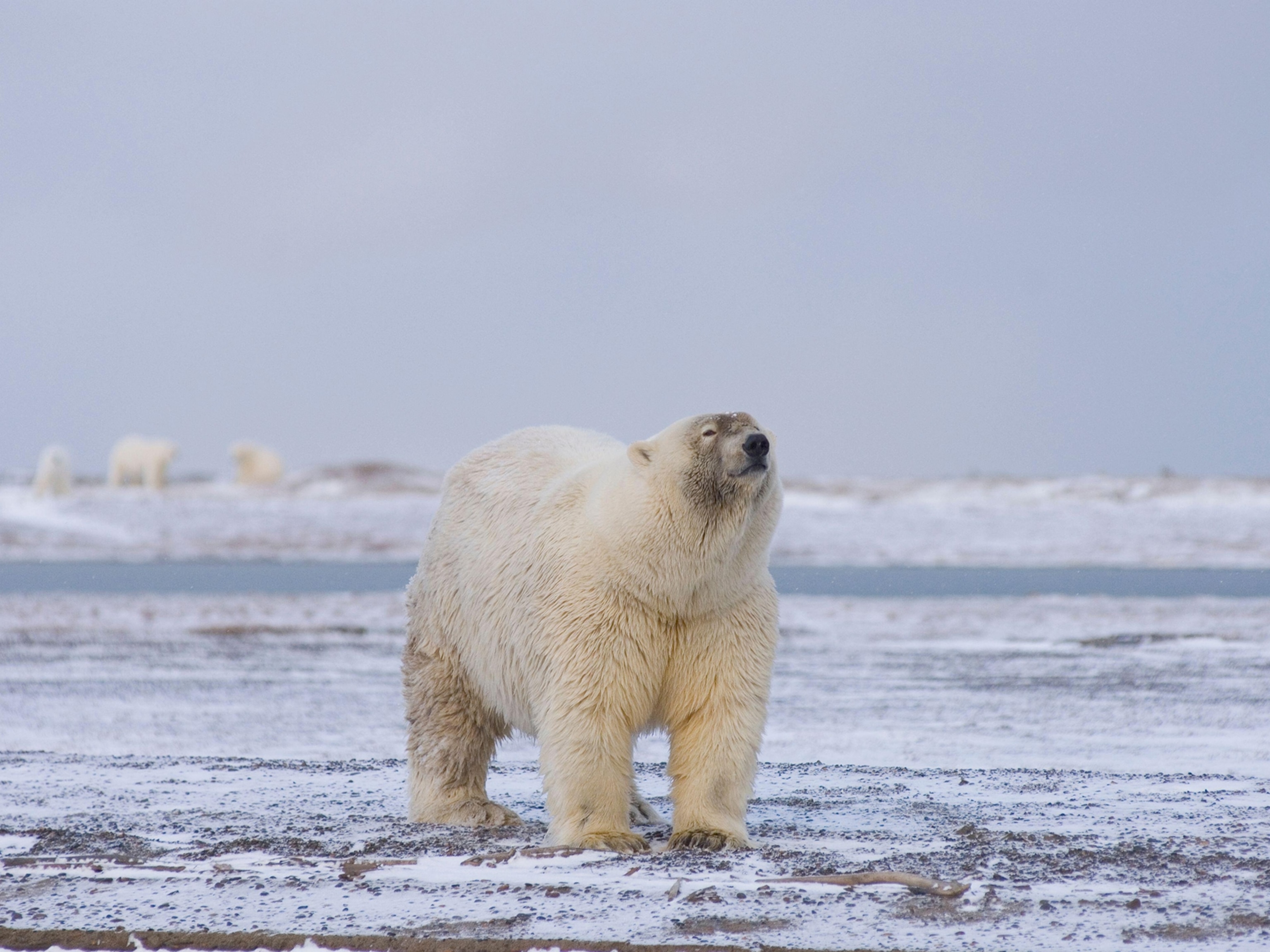
What will Zinke’s departure mean for public lands?
The Interior Department's energy-first agenda will remain even after a new leader arrives.
Ryan Zinke spent his two years as secretary of the interior in the spotlight, whether riding his horse to the office or mired in ethics controversies. Meanwhile, the Interior Department was auctioning off millions of acres of public lands for oil and gas exploration and rolling back environmental protections that affect the more than 500 million acres it oversees.
Now Zinke has stepped down. But his current deputy and likely replacement, David Bernhardt, is seen as likely to keep the department on the same track—deprioritizing its conservation efforts and streamlining access to public lands for oil and gas interests.
Several other potential candidates are also in the running for the job, but even if Bernhardt is not appointed, he will take over as acting secretary while the confirmation process proceeds.
“We should be really clear and have our eyes wide open on this, because Bernhardt is a former oil lobbyist, and he has had a hand in just about every single destructive action taken by the interior department over the last two years" says Michael Brune, the executive director of the Sierra Club. "We expect zero changes in policy."
Bernhardt, who has had a long career as a lawyer for oil and gas companies and also worked in the Interior Department during the George H.W. Bush administration, has been the deputy interior secretary since last year. He has helped to implement some of the department’s controversial projects, such as attempting to weaken Endangered Species Act protections on sage grouse habitat and loosening policies on methane emissions during natural gas drilling.
He has had his hands on most of the projects the department has undertaken in the past few years, says Kathleen Sgamma, the president of the Western Energy Alliance, which generally supports Zinke's policies. “He really knows public lands policy—he knows how to implement it and to craft it,” she says.
[Read about how the sage grouse is pivotal in environmental protections.]
Changing from the inside
Shortly after Zinke took office, the White House issued an executive order laying out a strategy to boost U.S. energy independence. The order tasked agencies to review any regulations that might “potentially burden” energy-related projects across the country. Zinke embraced that directive, overturning a moratorium on new coal leases only a few weeks later.
Since then, the Interior Department has pushed for rule changes, projects, and policies that would lead to the development of energy resources both on and offshore—including several that would benefit Bernhardt’s former clients.
The industry-friendly bent is unlikely to change if Bernhardt takes control of the department. And with proposed plans that include opening up the Arctic National Wildlife Refuge for oil exploration, increasing offshore exploration for oil and gas, and limiting the consideration of climate change in land management decision, his actions could have large and lasting impacts on the environment and public lands.
[Read about the controversy over oil prospecting in the Arctic National Wildlife Refuge.]
The Interior Department oversees nearly a fifth of all the land in the U.S.—more than 500 million acres that include treasured national monuments, large swaths of desert borderlands, and forests from coast to coast.
Conservation was baked into the department from its formation in 1849. In the early 20th century,that vision of protecting and celebrating the country’s open spaces was reaffirmed by Teddy Roosevelt, who set aside more than 200 million acres of land for conservation as national parks, monuments, and forests.
Under Zinke, conservation took a back seat.
There has always been an uneasy tension between the Interior Department’s role as an administrator of oil, gas, and mining leases and its responsibility to preserve public lands for the good of the American people. But over the past few years, says Nada Culver of the Wilderness Society, the conservation mission has been neglected.
“It’s turning the whole job of being the secretary of interior on its head,” she says. “The job is to manage public lands for all Americans—to be a steward—and instead, [Zinke] has been managing lands for fossil fuel interests.”
In the past two years, the department has made at least 12 changes to rules and regulations that make it easier for companies to explore for oil and gas on public lands. It is also attempting to weaken Endangered Species Act protections for species like the sage grouse, which would indirectly pave the way for more drilling in areas that are now protected habitat.
Bobby McEnaney of the Natural Resources Defense Council, worries that the “really robust public participation” that has been a hallmark of the Interior Department’s decision making process in the past is being eroded. When deciding whether to lease land to oil and gas companies, the department provides an open comment period for people to share their thoughts. McEnaney says the department has shortened comment periods in recent years or even prevented comment entirely.
“Historically, the Interior Department’s concept has been multi-use,” says Raúl Grijalva, a congressman from Arizona and the incoming chair of the House Committee on Natural Resources. “Yes, there is extraction from our public lands, but that's become the only thing now. But there's also conservation, there’s preservation, there’s species protection, there's habitat protection, there are wilderness areas, and there are some areas you should just leave alone—and those have been blatantly ignored by this administration.”
Impacts on the future
The decisions the Department of the Interior makes now will influence generations to come. The climate costs of further oil and gas production on public lands could be huge, says Aaron Weiss of the Center for Western Priorities, both because of methane emitted during drilling and the effects of burning the oil and gas extracted.
"As rest of world is moving forward on adressing climate change, the U.S is going in the complete opposite direction," he says.
A recent USGS report showed that nearly a quarter of the U.S.’s current greenhouse gas emissions come oil and gas extracted from public lands. And that’s before accounting for the hundred of thousands of acres that have been leased in the past two years, or the millions more that Bernhardt has pushed to have opened up for exploration.
When the Democrats take control of the House in January, they have promised to look closely into the decisions the department has made and is now making—like the proposal to open up ANWR to exploration.








